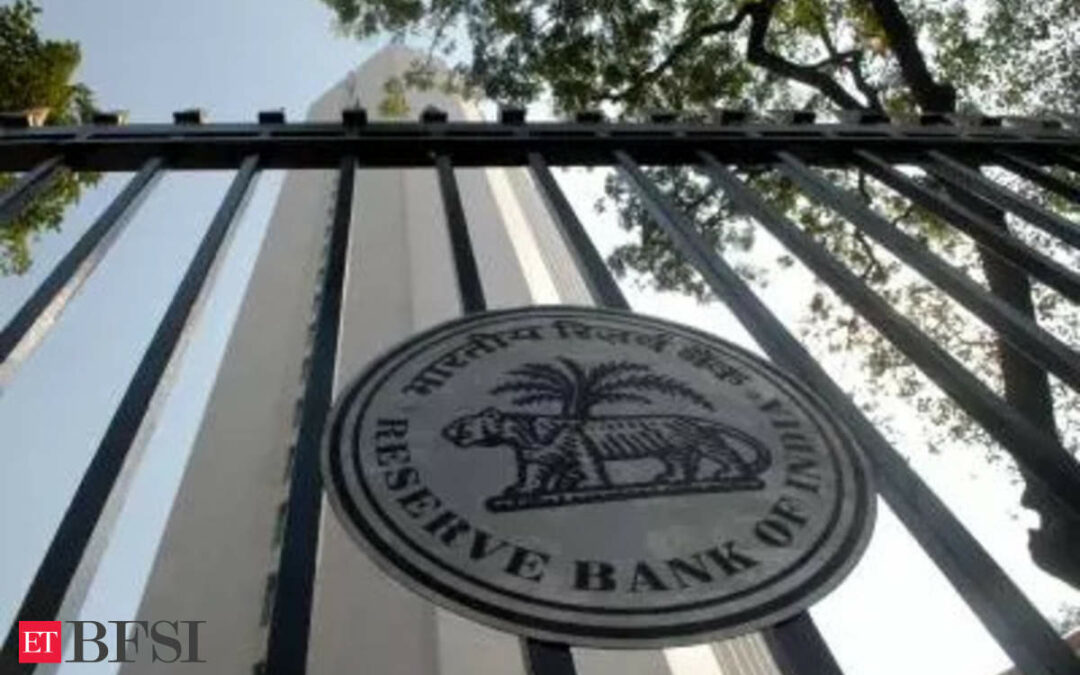Morgan Stanley’s economists have projected that the Reserve Bank of India’s (RBI) Monetary Policy Committee (MPC) may opt against reducing the policy repo rate, which currently stands at 6.50%, for fiscal 2025. This due to many factors, including robust domestic economic growth and a deferment in the anticipated rate cuts by the US Federal Reserve.
While prior market expectations leaned towards potential rate cuts in the latter half of the calendar year, Morgan Stanley’s assessment aligns with prevailing market sentiment, as reflected in the one-year overnight indexed swap rate, which indicates a consensus expectation for a prolonged period of monetary policy stability without rate cuts in the coming 12 months.
The report cites the trajectory of resilient domestic growth, alongside a postponement in the anticipated rate adjustments by the US Federal Reserve.
The prevailing economic indicators suggest a sustained upward trajectory in productivity growth and investment rates in the domestic economy. Additionally, the economists highlight persistent inflationary pressures, with the Consumer Price Index (CPI) tracking above the RBI’s targeted threshold of 4%. This combination of factors, according to the report, warrants a cautious approach, with the economists projecting the real interest rate to average around 200 basis points over the fiscal year.
Moreover, the report underscores insights from external MPC members Ashima Goyal and Jayanth Varma, who have increasingly emphasised the importance of real interest rates amid evolving inflation dynamics. However, Morgan Stanley’s analysis suggests that the US rate-cutting cycle, which is expected to commence in June may influence the trajectory of monetary policy decisions in India.
Risks to the assessment
Looking ahead, the report identifies potential risks that could shape the monetary policy landscape. These include a strengthening dollar index, which may exert upward pressure on imported inflation, and geopolitical tensions, which could necessitate a recalibration of monetary policy settings to mitigate associated risks.
While the call for no rate cuts in India is underpinned by a range of domestic and global factors, the report acknowledges the potential for shifts in economic conditions that could warrant a reassessment of the monetary policy stance. Morgan Stanley suggests that the threshold for initiating rate hikes remains high, given the prevailing macroeconomic environment.











